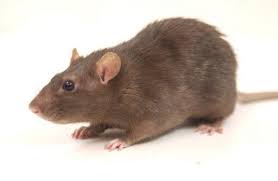My biggest problem as a writer is trying to protect my characters.
Tension and conflict don't come easily to me. As someone who survived public school by disappearing around tense situations, it's understandable. However, it's problematic when it comes to writing fiction, as you might imagine.
This problem is not something I would've figured out with the help of my critique partner, who, thankfully, gives straight, blunt feedback. We didn't realize this problem right away but working with the same person for four years can be extremely helpful when it comes to understanding process and recognizing pitfalls: I protect my characters, my crit partner avoids physical description. Unfortunately, being aware of this hasn't changed how either of us write our first drafts. Rather, it's changed how we both revise.
Both my critique partner and I know that in a first draft I will write a scene and then trickily protect my character from the worst. Our solution to this is to simply flag the parts in which the conflict and tension can be pushed. This allows me to work through a first draft (rather than continually revising) and then return to these moments and discuss how to push the scene. In return, I flag moments where she needs description, and highlight other moments where there's good description, so my partner knows when she's achieved it.
Right now, I'm itching to go back in and fix a scene that needs heightened tension at almost every moment but I'm holding off until I can see more clearly what's going to be around the scene. Until then, I'm making notes- on the train, over lunch, when I wake up- whenever an idea strikes.
 In a dream last night, a rat ran over my bare foot. I'm wincing right now, remembering the feel of its matted, wet fur and sharp toes against my skin. This morning, in my overflowing notebook in which I'm juggling projects, I jotted down a note to “Add (copious?) rats to alley scene.” I may as well use an unsettling dream to upset my protagonist.
In a dream last night, a rat ran over my bare foot. I'm wincing right now, remembering the feel of its matted, wet fur and sharp toes against my skin. This morning, in my overflowing notebook in which I'm juggling projects, I jotted down a note to “Add (copious?) rats to alley scene.” I may as well use an unsettling dream to upset my protagonist.
-Marika McCoola, 2016 Ivan Gold Fellow

